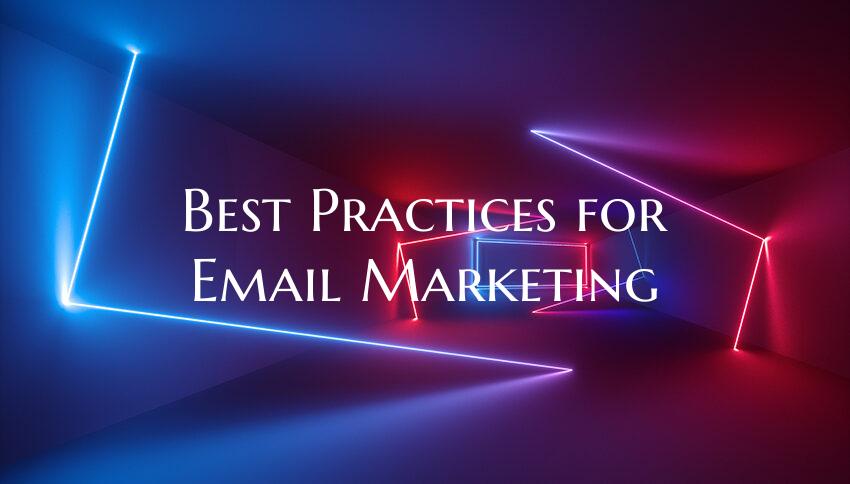Best Practices for Email Marketing
Email marketing is a powerful tool for businesses to reach out to their target audience and build lasting relationships. To maximize the effectiveness of your email campaigns, it's important to follow best practices that can help you engage with your subscribers and achieve your marketing goals. Here are some key tips to consider when it comes to email marketing:
1. Build a Quality Email List: Start by building a quality email list of subscribers who have opted in to receive your emails. Avoid purchasing email lists as they are often outdated and can lead to low engagement rates. Instead, focus on growing your list organically by offering valuable content and incentives to encourage sign-ups.
2. Personalize Your Emails: Personalization is key to making your subscribers feel valued and engaged. Use recipient's names in the subject line and content, segment your email list based on demographics or behavior, and tailor your content to the specific interests of each segment.
3. Write Compelling Subject Lines: The subject line is the first thing your subscribers see, so make it attention-grabbing and relevant to the content of your email. Keep it concise and compelling to entice recipients to open your email.
4. Create Mobile-Friendly Emails: With the increasing use of mobile devices, it's essential to ensure your emails are optimized for mobile viewing. Use a responsive design that adjusts seamlessly to different screen sizes and test your emails on various devices before sending them out.
5. Provide Valuable Content: Deliver valuable and relevant content in your emails to keep subscribers engaged and interested. Whether it's informative articles, exclusive deals, or personalized recommendations, focus on providing content that adds value to your subscribers' lives.
6. Include Clear Call-to-Actions: Every email should have a clear call-to-action that guides subscribers on the next steps to take. Whether it's to visit your website, make a purchase, or download a resource, make sure your CTAs are prominent and compelling.
7. Test and Analyze Performance: Don't just send out emails blindly; test different elements such as subject lines, send times, and content variations to see what resonates best with your audience. Use analytics to track the performance of your emails and make data-driven decisions to optimize your future campaigns.
By following these best practices for email marketing, you can create engaging and effective campaigns that help you connect with your audience, drive conversions, and achieve your marketing objectives. Remember to continuously refine your strategies based on feedback and performance data to improve your email marketing efforts over time.

